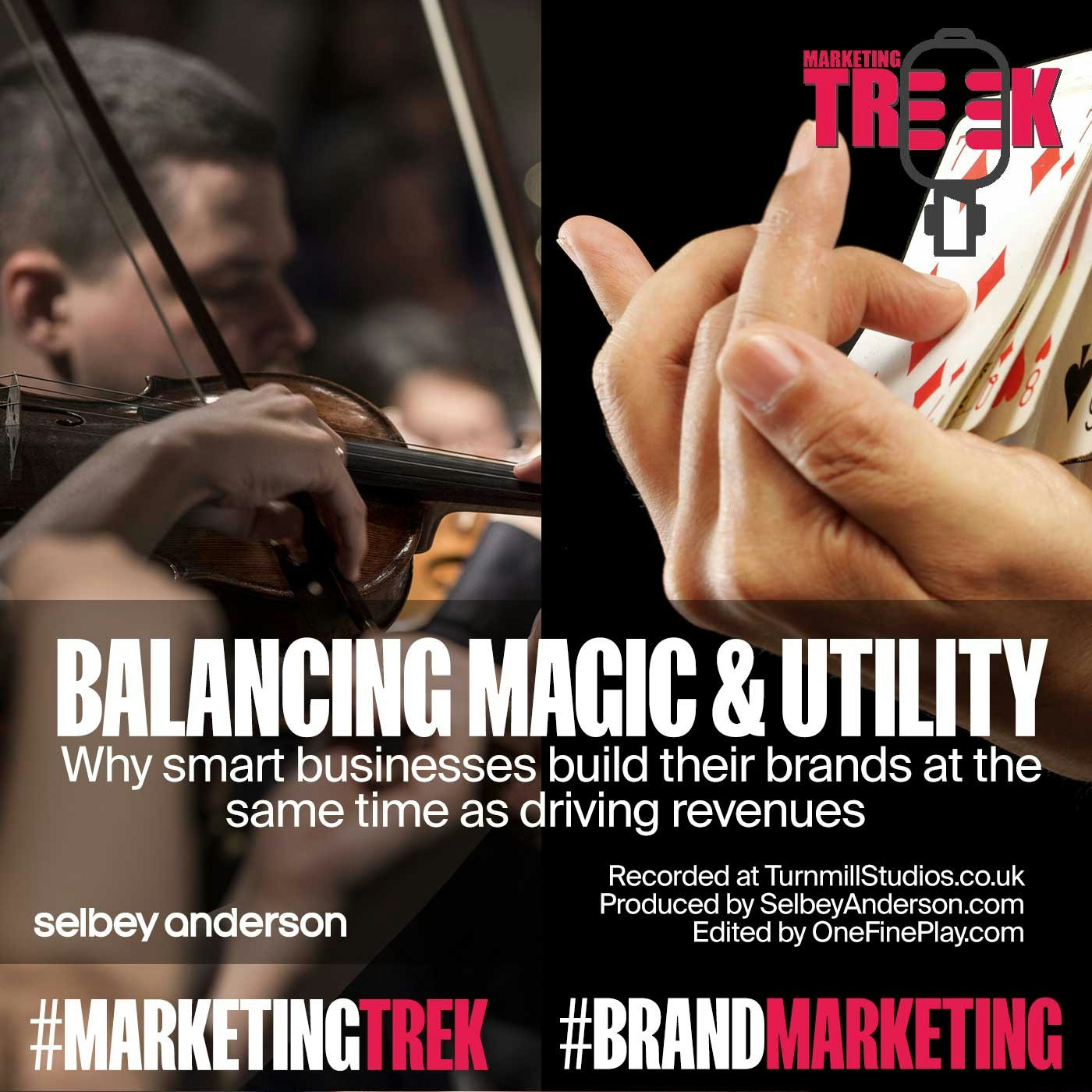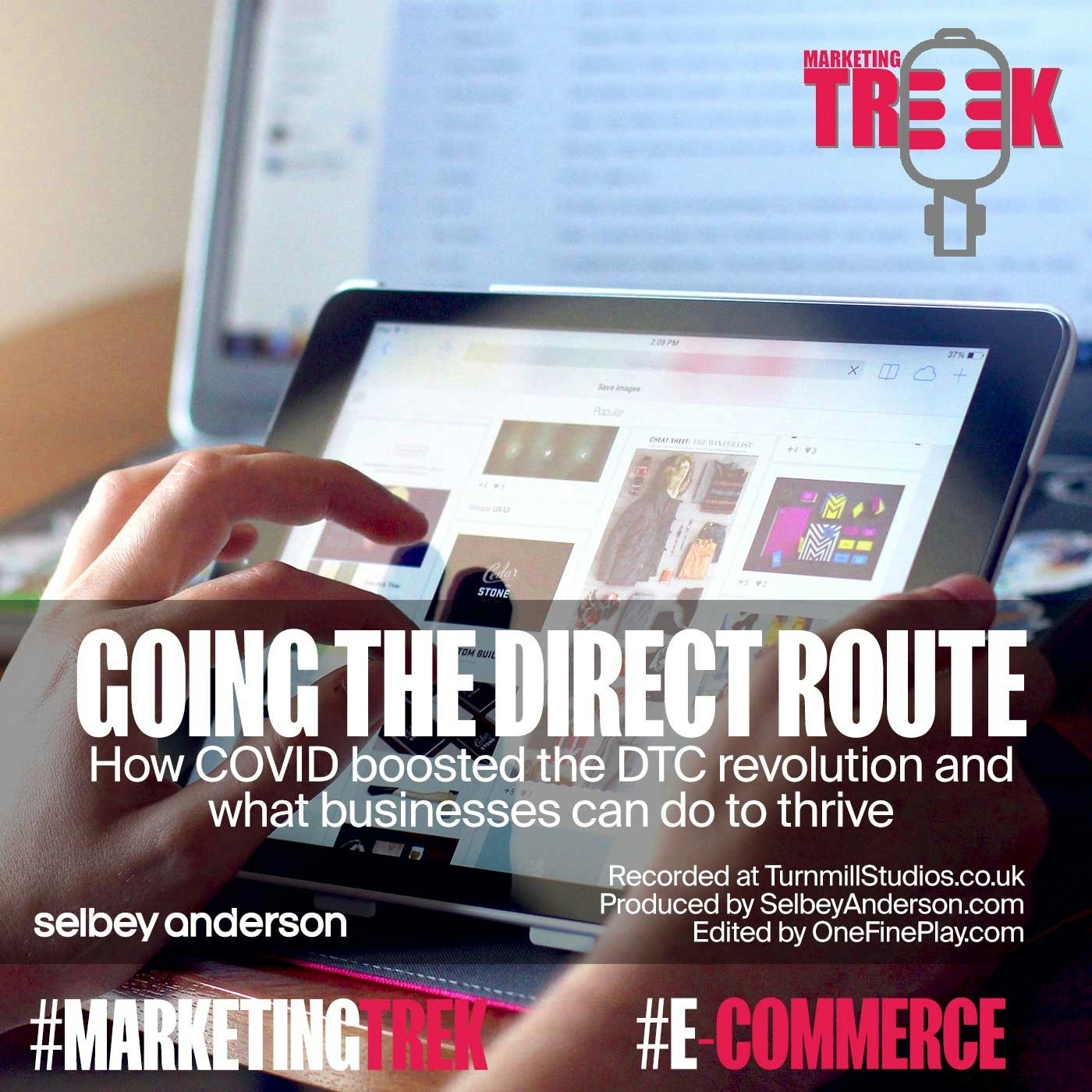According to Harvard Business Review, a staggering 70-90% of mergers and acquisitions (M&A) fail. It's a sobering statistic that points to a systemic failure in the standard approach to M&A.
There are typically three components to M&A success - strategic planning, stakeholder engagement and company-wide engagement - but in my opinion, the single most important issue is ignored. People.

People are social animals first. If you merge companies with clashing cultures, your people will part company tout suite. They won’t want to remain in alien territory. So, it’s worth taking active steps to identify how well the teams will fit before you take the plunge.
After completing eight acquisitions, seven of which have been successful so far, we're clearly bucking industry-wide trends, but we're not complacent. Assessing cultural fit is hard, really hard, and we won’t always get it right. But it’s also an essential step whether you’re on the buy-side or sell-side. We’re acquiring small businesses; typically 25-75 people, so our task is simpler than those involved with mega-mergers, but I think the same principles stand.
Here are five ways we’ve found useful to learn more about your counterparty’s culture during the early stages of M&A. Some are obvious, some are not, but they will all help reduce risk.
Google key people
It’s a pretty obvious first step, but before you do anything else, make a list of the key people you’re dealing with and Google them. Look past the company website, Companies House and LinkedIn listings and you should find gold.
Look for blogs, interviews, quotes, podcasts, news reports, images, videos and more. You’ll be surprised how useful the information you learn is. Really dig and your time won’t be wasted.
But what happens if you Google your target and draw a blank? To me a sign to beware. It’s very hard for leaders to have no digital footprint these days. If you find one, I make it one of my first questions: “I tried to research you online and drew a blank. Why is that?”
Ask for access
The easiest way to assess your counterparty’s culture is to ask them for access to their people. Speak to other members of the acquirer’s leadership team to find out what life is really like inside the organisation. A decent acquirer should make this easy for you.
I’d advise you to start with others that have been through the M&A process. If you have time, don’t stop there. Speak to a cross-section of people at all levels of seniority and you’ll soon build a picture of whether the fit is right.
Give access to your team
If you’re selling your business, you may want to restrict access to your employees, but you should be prepared to give access to your advisors, trusted senior leadership and non-executive directors. It’s in your interest to have your culture represented as accurately as possible.
You also want as many heads as possible to quiz your acquirer about strategy, culture, structure and the other critical things that will determine whether your team will be feel happy or hopeless in their new home. To do that, you’ll have to bring more of your team into your circle of trust.
Use social media
Social media can tell you a lot about the people you’re thinking about getting into business with. LinkedIn is going to be your most valuable resource, but it will leave a trace. If you’re going to research whole teams, you may find anonymity hard to keep, especially if they’re switched on.
Look at your main contacts and their company page. Are they active? Are they supportive of others’ posting? Do their points of view chime with what you’ve experienced face-to-face?
Facebook, Instagram and Twitter allow you to build a picture of the people: what motivates them, what they believe and how they conduct themselves. These three sites also won’t leave a trace so you can go as deep as you like.
Use facilitated workshops
When buying or selling a business, one of the most important factors for success is whether you’re going to be able to work with your new colleagues. But, unless you take imaginative and positive steps early, you won’t find out until it’s too late.
We work with a specialist management consultancy which conducts a one-day strategy workshop with our future partner. We pay for the day, so the agency gets a top consulting outcome for free. But we also get great insight from the expert facilitators into culture, team and personal dynamics, leadership, and collaboration.
Would you get married without meeting the in laws? Nope. Two companies uniting is very similar to a marriage, so it’s worth spending a little time making sure you can love together. If you’ve got better ways of considering cultural fit, we’d love to hear from you!




